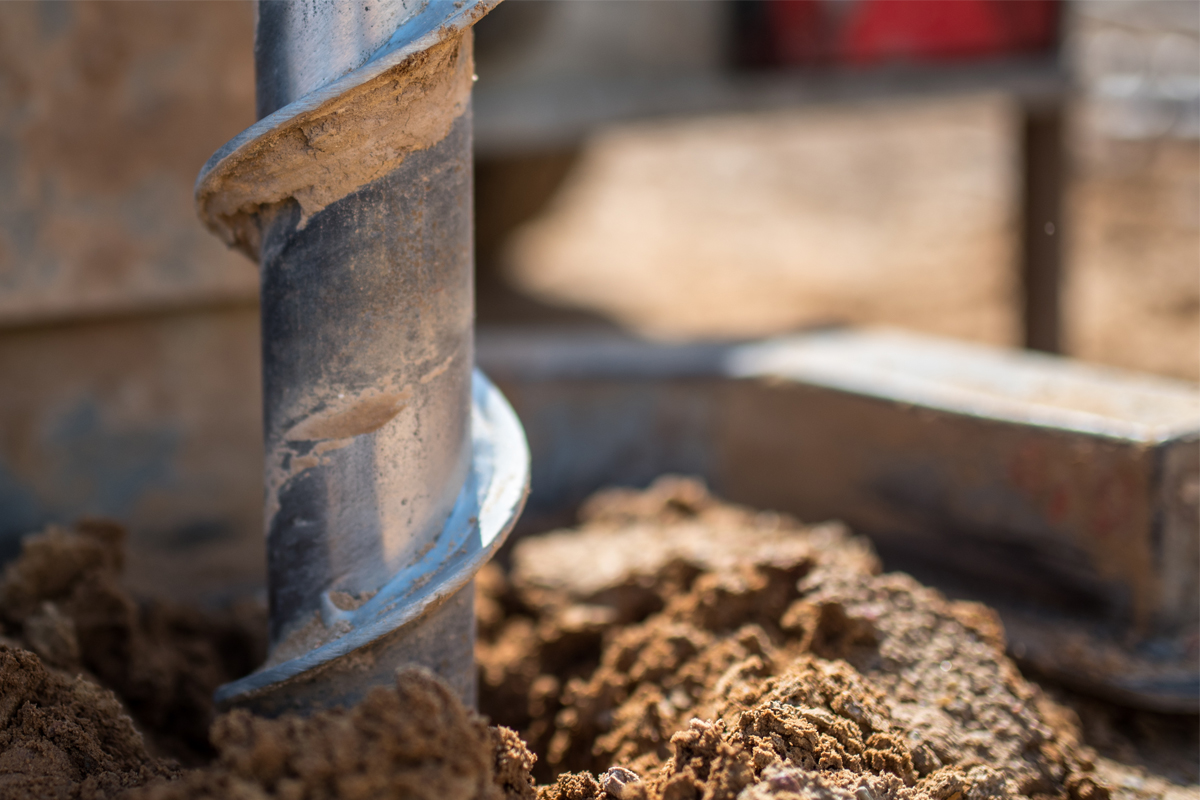
Land Remediation: What is it and why does it matter?
As environmental consciousness continues to grow, it is crucial to understand the importance of cleaning up contaminated land and restoring it to its natural state. Land remediation is a multidisciplinary…
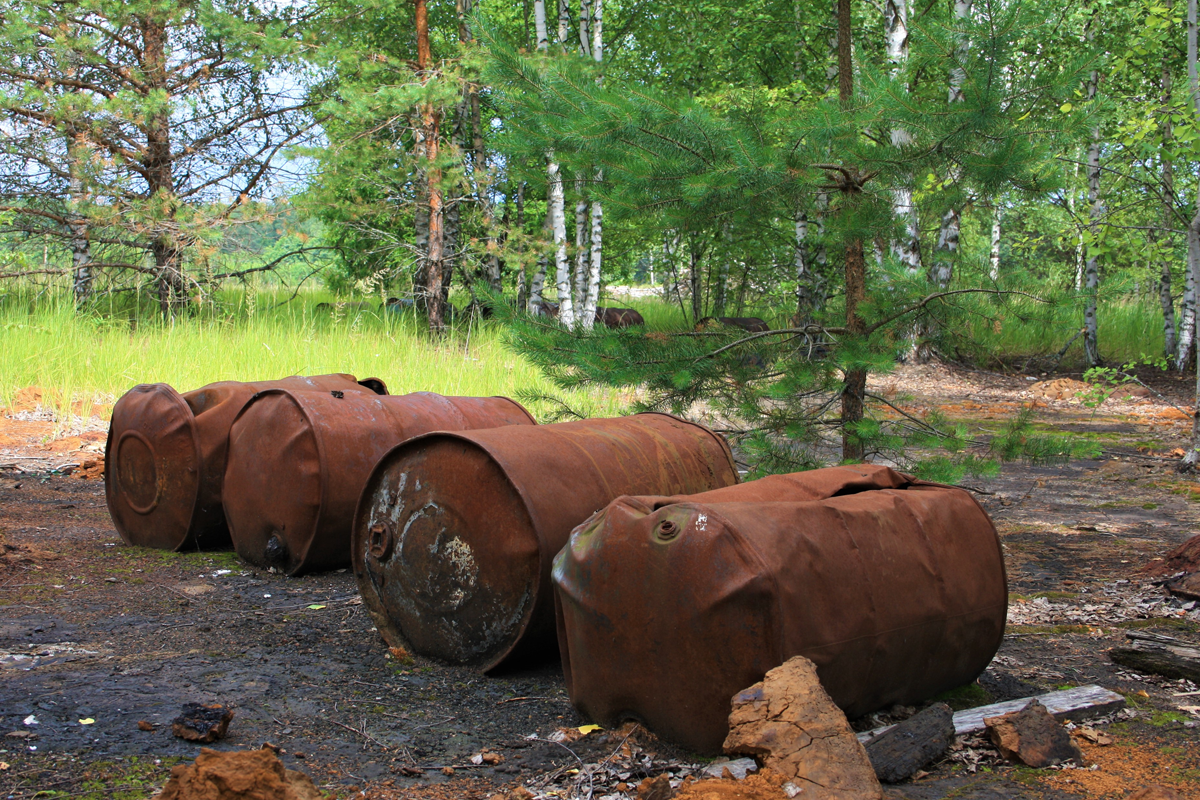
What are the sources and effects of land contamination?
Land contamination can be caused by various sources, both natural and man-made. Contaminated land refers to the presence of hazardous substances or pollutants in the soil, at levels that exceed…

Promoting Active Travel: Walking and Cycling Planning Strategies
In an era where sustainable and healthy transportation alternatives are gaining momentum, active travel modes like walking and cycling are being recognised as crucial components of urban and rural planning….

Sustainable Urban Drainage Systems: Enhancing Water Management for Cities
As cities continue to grow and urbanise, the need for effective and sustainable water management becomes increasingly critical. Sustainable Urban Drainage Systems (SuDS) offer a solution that aims to manage…
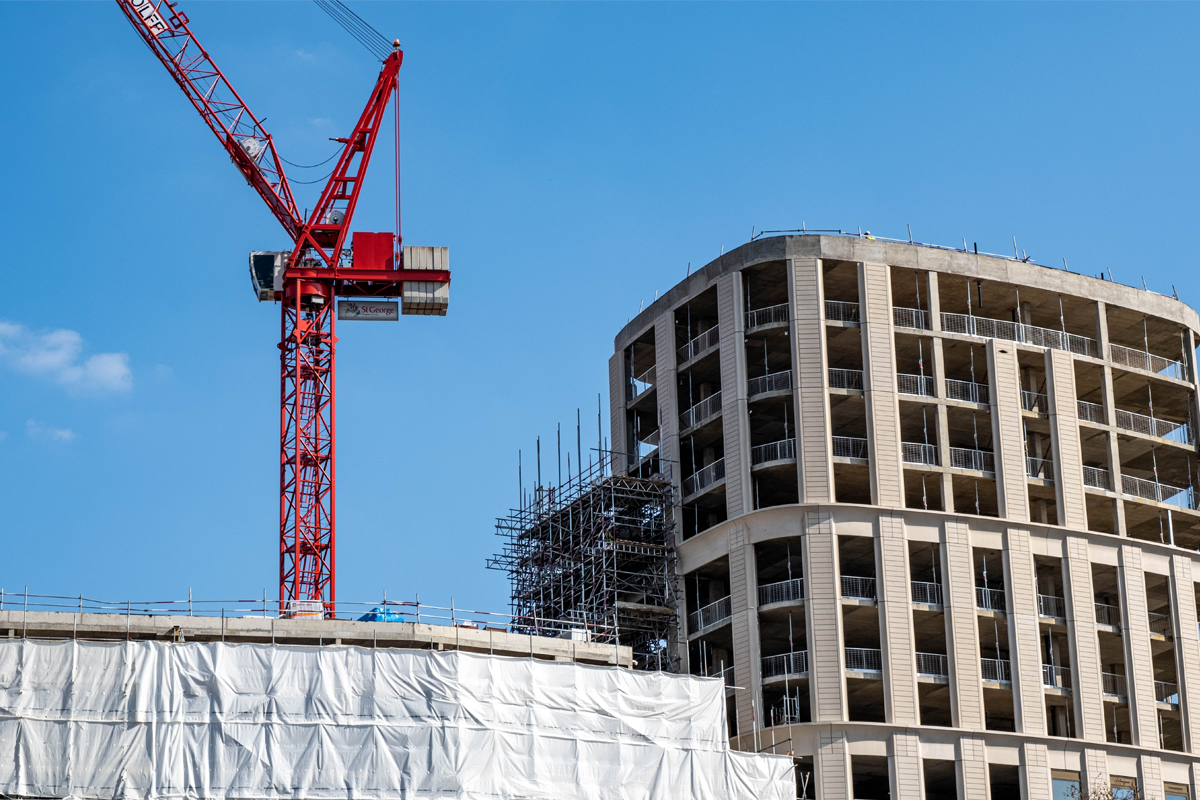
What is the Building Safety Act 2022?
The Building Safety Act 2022 was introduced in response to the findings of the inquiry led by Dame Judith Hackitt following the Grenfell Tower fire in June 2017. The Act…
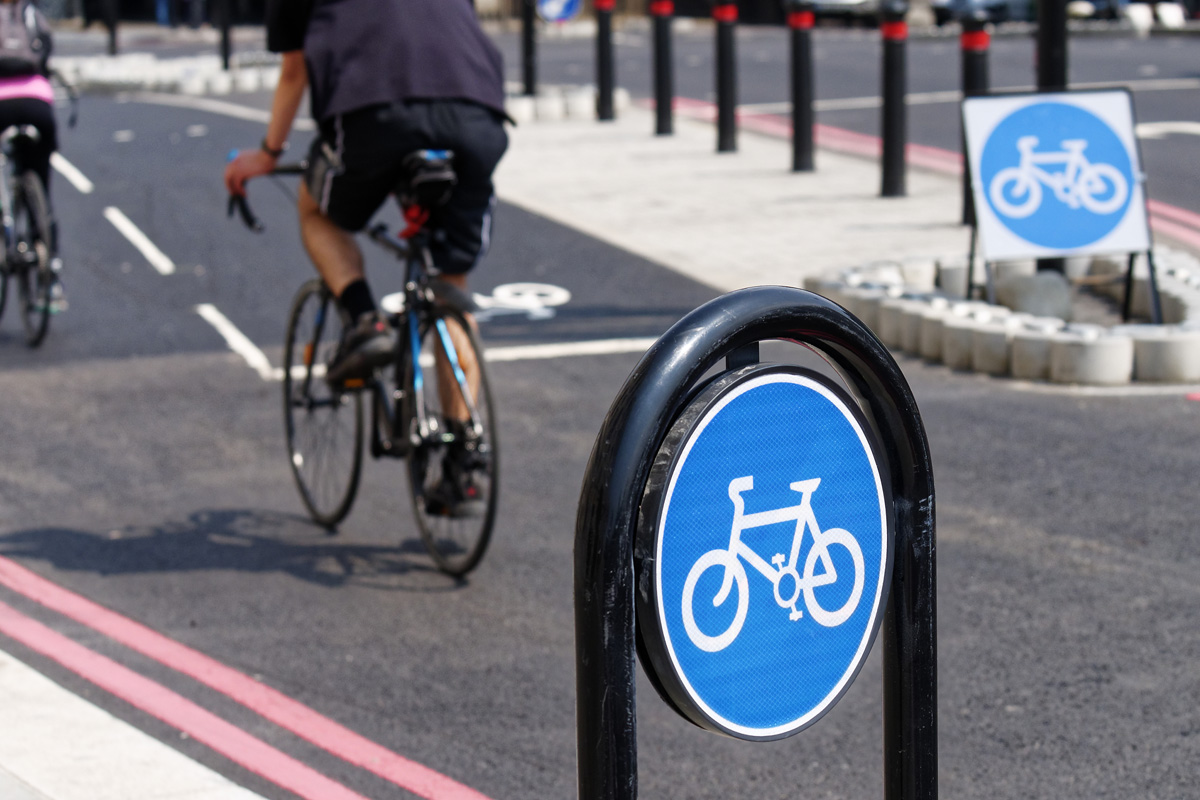
Active Travel England set to become Statutory Planning Consultee from 1st June 2023
In July 2020 the Government published ‘Gear Change: A bold vision for cycling and walking’. Within this paper the Government set out a clear vision for England’s Transport System: “Places…
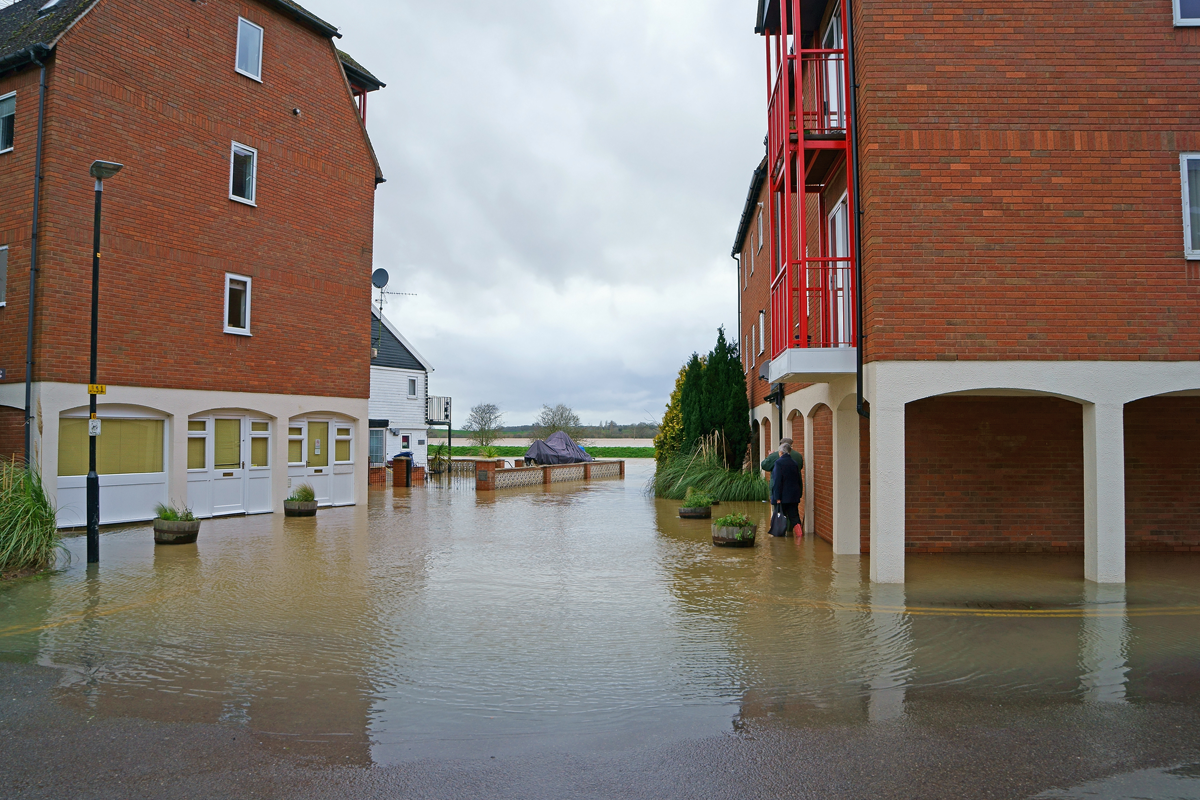
Parliament approves the enactment of Schedule 3 of the Flood and Water Management Act
The Flood and Water Management Act is a piece of legislation that was introduced to address issues related to flood risk and water management. The Act, which came into force…

What impact will SuDS have on disease vectors?
One of the questions those working in water management are asking is What impact will SuDS have on disease vectors? A disease vector is a living organism that can transmit…

Inactive travel: What are the problems with the current transport system?
23 February 2022
Inactive travel, which refers to modes of transportation that involve minimal physical activity, poses several challenges that have adverse effects on individuals’ health and the environment. Inactive travel is one…

Achieving Net Zero in Construction
Achieving net zero in the construction industry is a crucial step towards mitigating the environmental impact of buildings and addressing the challenges of climate change. Net zero refers to the…
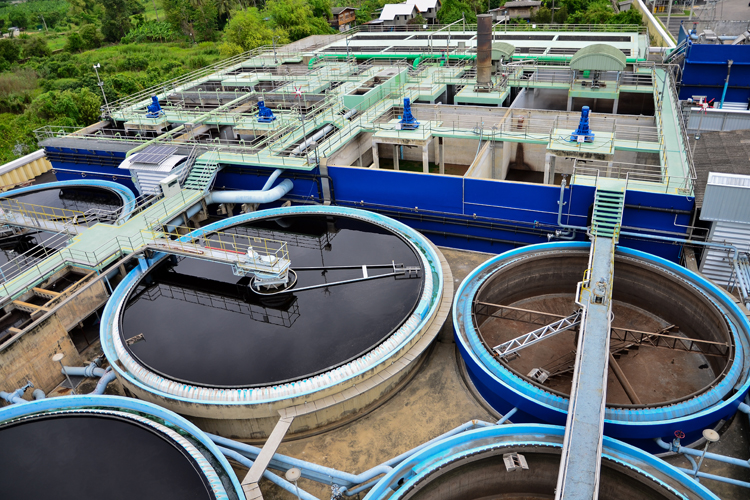
Sustainable Management of Foul Water
The sustainable management of foul water, which refers to wastewater containing human waste and other pollutants, is of critical importance for public health, environmental protection, and the overall well-being of…

National Planning Policy Framework Update
12 October 2021
The National Planning Policy Framework (NPPF), introduced in 2012, has undergone regular changes over the years. The most recent update was published in July 2021. The NPPF outlines three main…

Water Neutrality for Sustainable Developments
Conservation professionals and sustainability technologists have been discussing carbon neutrality for a while. Now the use of water is increasingly becoming an important environmental issue, in terms of how do we create…

Nutrient Neutrality and Sustainable Drainage for New Developments
Nutrient neutrality and sustainable drainage are two crucial aspects of sustainable water management that focus on minimizing the negative impacts of nutrient pollution and promoting the effective management of stormwater…

Implementing Sustainable Drainage Systems (SuDS)
The philosophy to implementing sustainable drainage systems (SuDS) on a proposed development has four key pillars to it. These are water quality, water quantity, amenity, and biodiversity. Water quantity focuses…

